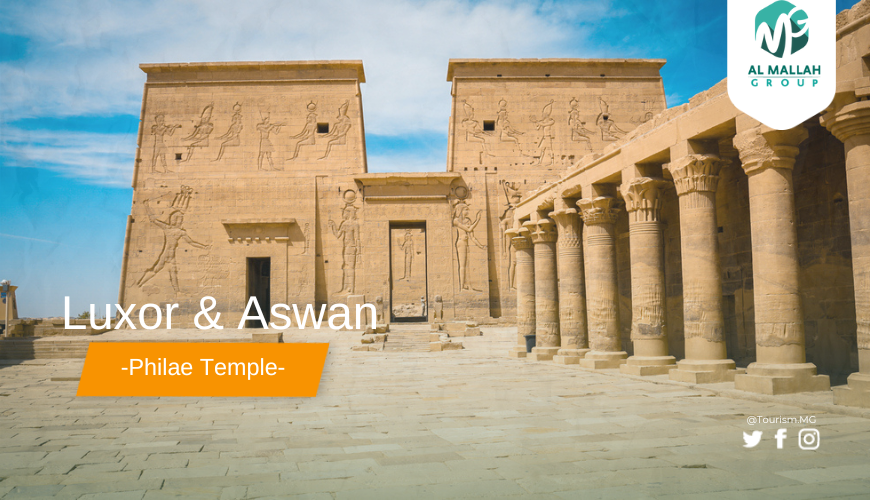Philae Temple is an important temple located on the eastern bank of the Nile River in Egypt. It is considered one of the largest and most significant temples in the ancient world, with its construction dating back to the Pharaonic eras, specifically from the 14th century BCE.
Built under the rule of several pharaohs, including Thutmose III and Ramesses II, its construction reflects the site's significance throughout the ages. The temple complex comprises massive colonnades, open courtyards, and inner chambers adorned with reliefs and statues that depict the religious beliefs and cultural traditions of ancient Egyptians.
It served as a vital center for worship and veneration, used for religious rituals and sacrifices to the Egyptian gods. Additionally, the temple was a hub for social and cultural gatherings, hosting festivals, religious ceremonies, and cultural events.
Philae Temple is one of the key archaeological sites in Egypt, listed on UNESCO's World Heritage List in 1979. The temple now attracts visitors from around the world eager to explore the history and culture of ancient Egypt and to embark on an adventure into the secrets of the temple.


